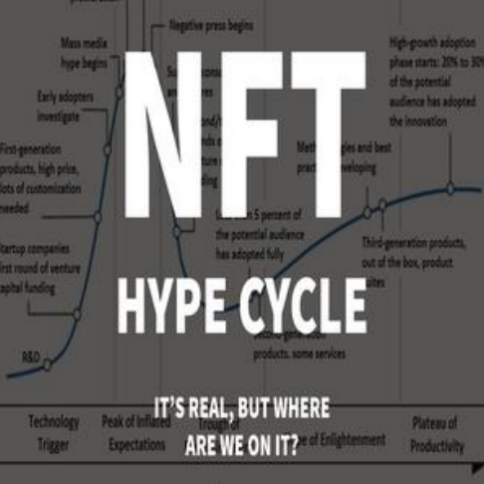Under the background of digital wave sweeping the world, Internet consumer finance, like a bright new star, has risen rapidly and flourished in the financial market, profoundly changing people's consumption patterns and lifestyles. In Europe and America, for example, consumers can easily purchase the latest electronic products online, and with a good credit record, they can quickly get a loan for consumption within a few minutes, without complicated offline procedures and long waiting time. This convenience makes consumer behavior no longer bound by the temporary shortage of funds, and truly realizes the freedom of "buying if you want".

Behind the Internet consumer finance is a complex and sophisticated financial technology system in operation. Big data technology deeply digs into massive data such as user consumption behavior, income level and credit history, and builds accurate user portraits, providing a solid basis for risk assessment. For example, through the analysis of users' consumption frequency, amount and repayment records in the past year, financial institutions can accurately judge users' repayment ability and consumption preferences, thus providing them with personalized loan schemes. The artificial intelligence algorithm analyzes the transaction risk in real time to ensure the scientificity and rationality of each loan decision. Blockchain technology escorts the tamper-proof and safe storage of transaction data, making the whole lending process transparent and credible, effectively reducing the risk cost of financial institutions and enhancing consumers' trust in the platform.

However, Internet consumer finance is not without worries. Under the temptation of convenience, some consumers are easy to fall into the trap of excessive consumption, which leads to the accumulation of debts and personal financial situation. If financial institutions excessively pursue market share and relax risk control standards, it may lead to systemic financial risks and impact the stability of the entire economic system. The difficulty of supervision has also increased. The cross-border and cross-platform business model makes it difficult for traditional supervision methods to exert their fists and feet. It is necessary for the regulatory agencies of various countries to work together to formulate a sound regulatory framework.
Looking forward to the future, Internet consumer finance is expected to move towards a more mature stage under the dual drive of technological innovation and prudent supervision. On the one hand, financial institutions will continue to optimize algorithm models, accurately match user needs and risk tolerance, and launch more personalized and differentiated consumer financial products; On the other hand, regulators will strengthen supervision on data privacy protection and anti-money laundering to ensure that the market operates on a fair, just and transparent track. For example, regulators can require financial institutions to regularly disclose their data usage and risk control measures to enhance market transparency.

The future development of Internet consumer finance is worth looking forward to. It will continue to expand its influence on a global scale, help more consumers realize their consumption dreams, and bring new growth opportunities to financial institutions. However, the premise of all this is that while enjoying convenience, all parties can remain rational and cautious, and jointly promote the development of Internet consumer finance on a healthy and sustainable track. In this way, the double-edged sword of Internet consumer finance can really play its positive role and benefit consumers around the world.







